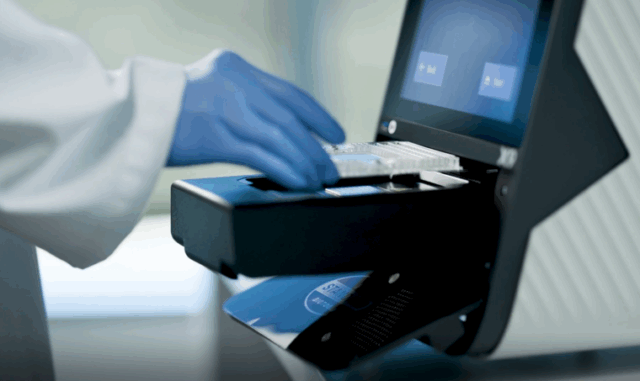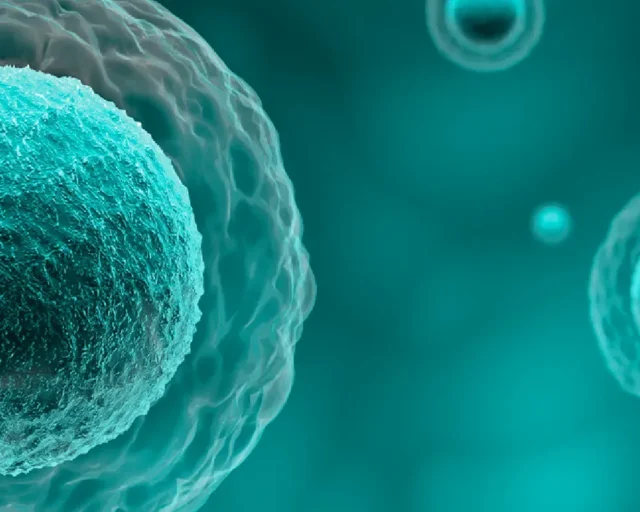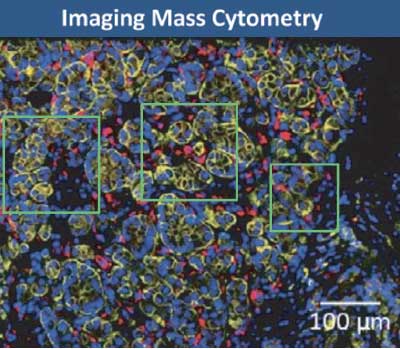
Genomics
Microfluidics technology empowers you to easily create the approach that’s right for you, so you can find the answers you are looking for and even what you didn’t know was there.
Simplifying your workflow through nanoscale automation maximizes efficiency and provides the flexibility to scale your projects with increased data output. This allows you to adjust your experimental plan to match your needs and your interests with microfluidics-based PCR and NGS library preparation.

Single Cell Proteomics
Cytometry by time-of-flight or mass cytometry (on which CyTOF™ technology is based) is a cytometric technique that measures metal-conjugated antibodies bound to cell antigens. It is a pioneering technology developed to overcome many of the challenges experienced with fluorescence flow cytometry, increasing its utility by enabling the simultaneous assessment of a much higher number of parameters. This added capability maximizes the information obtained from each sample and, subsequently, each cell.

Spatial Proteomics
Imaging Mass Cytometry™ (IMC™) is the most trusted technology that enables researchers to accurately assess complex phenotypes and immune spatial interactions in the tissue microenvironment.
Explore mechanism of action, disease progression and therapeutic outcomes – with confidence.

